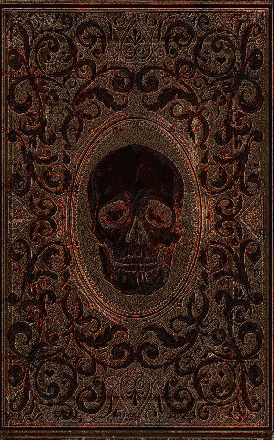Cure Wounds
Artificer, Bard, Cleric, Druid, Paladin, Ranger - 1 Level Spell
School:
Casting Time: 1 Action
Range: Touch
Components: Verbal and Somatic
Duration: Instantaneous
Attack/Save:
Reference: PHB 230
A creature you touch regains a number of hit points equal to 1d8 + your spellcasting ability modifier. This spell has no effect on undead or constructs.
* When you cast this spell using a spell slot of 2nd level or higher, the healing increases by 1d8 for each slot level above 1st.
My Comments: One of the necessary staples of fantasy role-playing games was a way for heroes to heal themselves. It almost became a cliché of the genre that when it came time to create a party for a game, and players are choosing their characters, someone was always “stuck” having to play the cleric. Historically seen as the necessary…well, usually good…of the party, the cleric was often the last class to be selected. It was for the newbie who didn’t really know how to play; here’s a cleric, don’t get yourself geeked, and heal us when needed. Not able to cause a bunch of damage, usually, the cleric would do a bit of combat and then they’d step forward to heal folks before you’d continue on your dungeon crawl. Then they’d fade back into the woodwork. If you wanted to spice it up, you became an evangelist of some sort, shaming and annoying NPCs to the delight of the other players.
 Not your game? Well, that was how it was for years in the games I would play.
Not your game? Well, that was how it was for years in the games I would play.
Thankfully, though, that has changed a lot as the game has evolved. Over the years, having domains and kits for clerics to flesh them out as more than hospitallers, they began to have more personality and rules to support them. With the panoply of gods and demons in the game that you can worship, and the various powers that your chosen Divine Domain can grant you, makes clerics one of the most versatile and, dare I say, interesting characters in the game.
“Especially now, in 5th edition, taking an hour break for lunch (in game) allows characters to heal on their own, “spending” a hit die to roll for healing. That takes some of the focus off of the clerics and druids to become more realized characters, to focus on other spellcasting, beyond becoming the healing vending machine.”
Especially now, in 5th edition, taking an hour break for lunch (in game) allows characters to heal on their own, “spending” a hit die to roll for healing. That takes some of the focus off of the clerics and druids to become more realized characters, to focus on other spellcasting, beyond becoming the healing vending machine.
Granted, being able to heal is still necessary. Even hour-long rests and getting a good night sleep aren’t enough to heal the party completely in most campaigns. That’s where a paladin’s Lay on Hands ability and the cure wounds spell comes into play. While it can be cast after battle, where it really shines is being able to bolster faltering companions during a combat, combined with the cleric’s other spells during combat. So always keep a spell slot or two available to cast it, but don’t hesitate to pick other spells that will make your cleric a more versatile and enjoyable character.
What are your thoughts on the evolution of healing in D&D? Give us some thoughts in the comments below!

